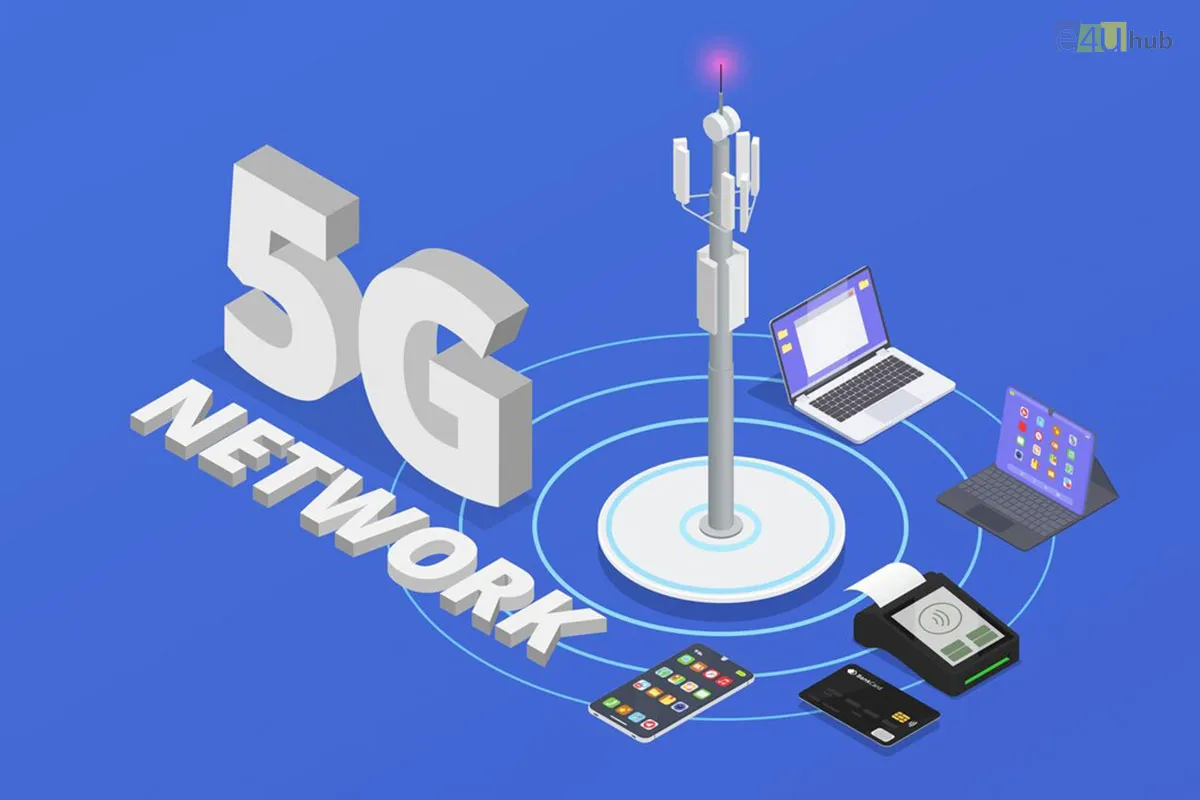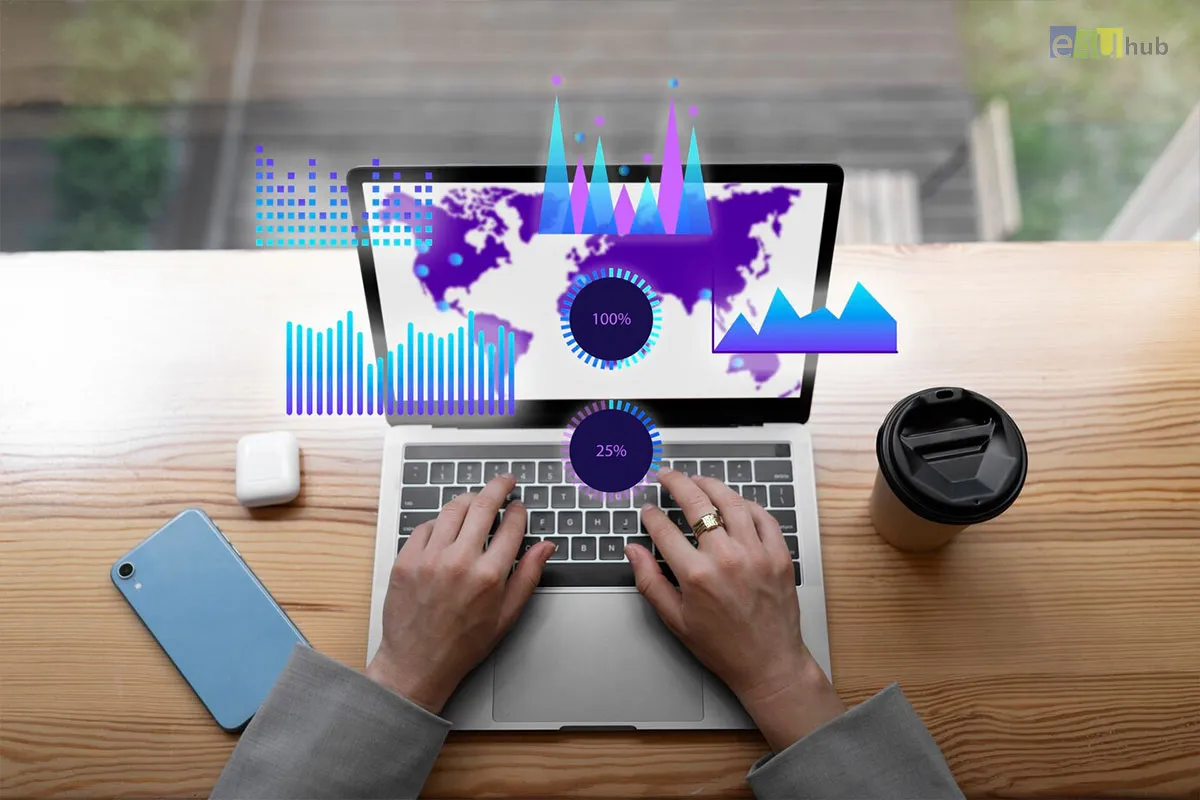
5G NETWORK
- 20 Oct, 2023
- Tech
- 539 Views
- 0 Comments
5G, or fifth generation, refers to the latest generation of mobile network technology. It succeeds 4G (LTE/WiMax), 3G (UMTS), and 2G (GSM) systems. 5G technology aims to provide faster and more reliable internet connectivity compared to previous generations. Here are some key aspects of 5G networks:
1. Speed:
a) Download and Upload Speeds: 5G promises significantly faster data download and upload speeds compared to 4G. While 4G LTE can provide speeds of several hundred Mbps (megabits per second), 5G is expected to offer speeds in the multi-gigabit per second range.
b) Low Latency: 5G networks also aim to reduce latency, providing near-instantaneous communication between devices.
2. Frequency Bands:
a) High-Frequency Bands (mmWave): 5G utilizes higher frequency bands, including millimeter waves (mmWave) that were not extensively used in previous generations. These high-frequency bands can carry more data but have a shorter range and can be affected by obstacles like buildings.
b) Low and Mid-Bands: In addition to high-frequency bands, 5G also utilizes existing low and mid-band frequencies to provide broader coverage, similar to 4G networks.
3. Improved Connectivity:
a) Massive MIMO (Multiple Input Multiple Output): 5G networks use advanced antenna technologies like massive MIMO to provide improved connectivity in crowded areas. This technology allows multiple antennas to transmit and receive data, increasing network capacity.
b) Beamforming: 5G networks can focus signals directly to devices, improving efficiency and reducing interference.
4. IoT (Internet of Things) Support:
a) 5G is designed to handle a vast number of connected devices simultaneously. This makes it ideal for IoT applications, ranging from smart home devices to industrial IoT applications.
5. Network Slicing:
a) 5G introduces network slicing, which enables the creation of multiple virtual networks within a single physical network. Each slice can be optimized for specific applications, allowing for more efficient use of network resources.
6. Impact on Various Industries:
a) Healthcare: Enables remote surgery and telemedicine applications.
b) Automotive: Supports connected cars and autonomous vehicles.
c) Smart Cities: Facilitates smart infrastructure, traffic management, and energy efficiency.
d) Gaming: Enables cloud gaming services with minimal latency.
e) Industrial Automation: Supports automation and robotics in manufacturing processes.
7. Challenges:
a) Infrastructure: Building 5G infrastructure requires significant investment in new towers and equipment.
b) Interference and Range: Higher frequency bands have shorter range and can be affected by obstacles.
c) Security: With more connected devices, ensuring the security of the network becomes crucial.
5G technology is a significant step forward in the evolution of wireless networks and has the potential to revolutionize various industries by enabling new applications and services.















Leave a Reply